The wholesale of partially blanched peanuts in China must be a profitable business because of the great population. China has a vast majority of land and the peanut production areas.
raw blanched peanuts
must be greatly developed in relation to the soil vastitude. “World – Ground-Nut – Market Analysis, Forecast, Size, Trends, and Insights” is the title of a recent report by IndexBox. Here is an overview of the report’s key findings. Due to an increase in global production, peanut prices are predicted to remain stable in 2022. The output of peanut seeds is anticipated to reach a record high of 50,7 million tonnes this year, up 2.3% from last year. The increased supply of peanuts this year will maintain the same pricing for peanuts. The average price of peanut seed (CIF; US Runners 40/50%, Shelled Basis) on the Rotterdam exchange was $1,525 per tonne in January 2022, essentially unchanged from January 2021. Utilizing USDA data, IndexBox predicts that global groundnut production will rise by 2.3 years annually, reaching 50.70 million tonnes in 2022. From around 4.6 million tonnes in 2021 to 4.5 million tonnes this year, the world’s imports are predicted to decrease. China produces the most peanut seeds in the world (36% of the total), followed by India (13% of the total). In 2022, it is expected that China’s production of peanuts will rise by 1.2% year over year to 18.2 million tonnes, while India’s production will rise by 1.5% year over year to 6.8 million tonnes. global imports of peanuts Global imports of groundnuts (in shell) totaled 461K tonnes in 2020, an 82% rise from the year before. Value-wise, supply climbed to $415M. (IndexBox estimates). Groundnut imports from China account for 320K tonnes, or almost 69%, of the total tonnage in 2020. Italy (23 thousand tonnes), which made up 5.1% of all imports, trailed far behind. Germany (19K tonnes), Spain (13K tonnes), Vietnam (9.4K tonnes), Thailand (8.3K tonnes), Canada (7.6K tonnes), and Indonesia imported 14% of the total supplies (6.9K tonnes). The world’s largest market for imported groundnuts (in shell) in China ($182M), which accounts for 44% of the total. Italy ($52 million) came in second on the list, accounting for 13% of all imports. With an 8.1% share, Germany landed in second place. China’s groundnut imports increased fivefold in value in 2020. The two countries with the highest average annual growth rates among the others were Italy (+7.8% y/y) and Germany (+1.4% y/y). Top Peanut Exporters Around the World 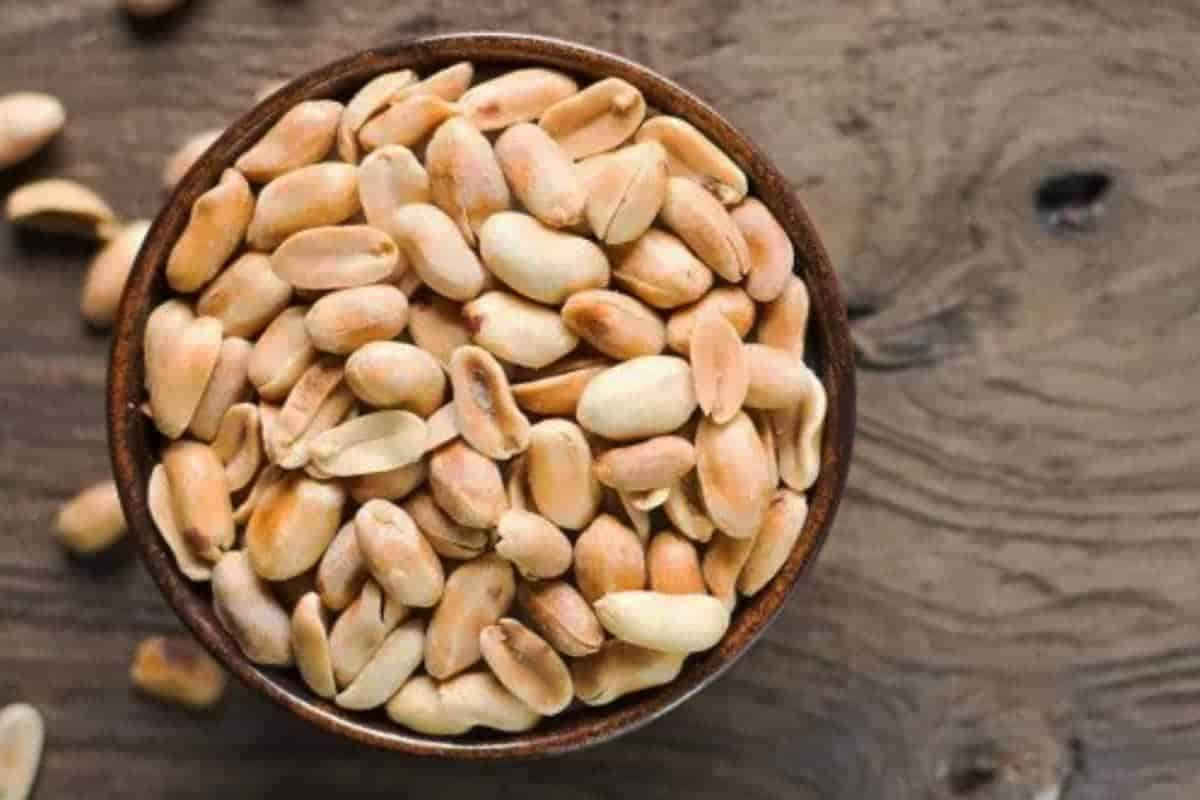
raw blanched peanuts bulk
The US exported 312K tonnes of groundnuts in 2020, 74% of the total. China exported 28K tonnes, 6.6% of all exports. Senegal (15 000 tonnes), India (12 000 tonnes), Vietnam (6,900 tonnes), and Uzbekistan (6K tonnes). U.S. groundnut exports ($243M) account for 67% of global exports. China ($34M) accounted for 9.4% of the worldwide value. China was second to Israel at 6.4%. Peanuts in China Chinese peanuts. China’s peanut industry is important. It’s expanded domestically and globally. In some provinces, peanuts are produced for food, but in high-income areas, they’re grown for oil and export. Peanuts are a major source of protein, vegetable oil, and pharmaceuticals. China grows peanuts on 5 million hectares, 19% of the global total (FAO 2003). China produced 42% of the world’s peanuts in 2003, at 15 million tonnes. China’s peanut agriculture is ancient. Since the 1980s, peanut production has gradually increased. This research on China’s peanut food chain covers numerous aspects of this important crop. This research analyses the introduction history, agroecological zones and production patterns, production techniques and technologies, marketing, usage, and production limits. This study discusses peanut production and its geographical distribution. Peanut, which has a long history in China, was likely introduced several times and places. In 1368, China began growing peanuts. Shuren et al. Chanshu County Magazine (1503) reports “March-planted peanuts were not long-branching, nor underground, and cooked well.” American missionaries brought the Virginia type (var. vulgaris) to Shandong via Shanghai in the 19th century. Virginia’s shape expanded to other places. Recent excavations in China show peanut seeds from Neolithic sites in Zhejiang and Jiangxi (4000 b.p). (around 4000 b.p.). Some academicians claim that the peanut is native to China and that not all types were introduced. Other experts say these clues are inadequate to prove the peanut was domesticated in China. Before the Ming Dynasty (15th century), no written sources indicate peanut manufacturing in China. The modern peanut originated in South America and expanded after Columbus explored the Americas. 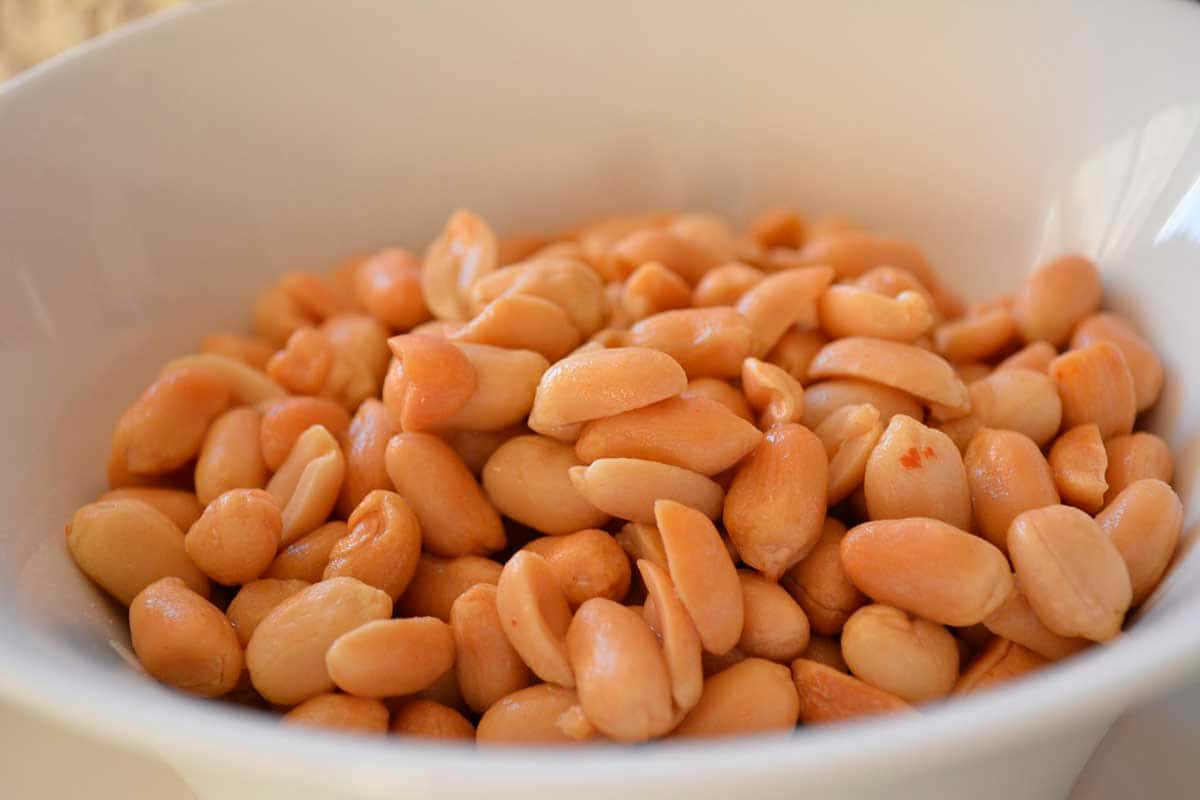
raw blanched peanuts for sale
Peanut’s Chinese roots are debated. Peanut has a dozen Chinese names. Changshengguo, Luohuasheng, Didou, Xiangdou, Wuhuaguo, and Qianshuizi are instances of thousand-year-old fruit (thousand-year-old fruit). 1.3 China’s peanut output globally China produced 42% of the world’s peanuts in 2003. Each year, the country’s peanut production share grows. China has more cropland than India. China grows one-fifth of the world’s peanuts and produces two-fifths of its harvest. Since the 1960s, peanut output has nearly doubled. Figures 1 and 2 illustrate China’s peanut production and acreage. Peanuts are a major crop that boosts China’s revenue. China areas of peanut production Region of southern peanuts, spring, and fall: The most southern peanut-producing area is made up of Guangdong, Guangxi, Fujian’s southeast, southern Hunan, and Hainan. 31.2% of China’s total peanut-producing area is in this area. Peanuts are grown on the Leizhou Peninsula and Zhujiang Delta in Guangdong Province, which are both around 50 meters above sea level and mostly comprise coastal hills or river alluvial habitats. The soil in this alluvial zone is made up of alluvial sands, whereas the soil in mountainous areas is folded fruit productive. The arold fruit is in subtropical and tropical climatic zones, where the summer season lasts for more than half the year and there is abundant precipitation (1500 to 2000 mm per year). The sunlight coefficient is between 40 and 50%, the annual average temperature is between 20 and 25 degrees Celsius, and there is seldom any frost. Peanuts may be planted all year round in the South. In this area, two crops are typically grown each year. However, there are instances where five crops are planted every two years or three crops are grown year. Peanut is frequently substituted for rice and other crops. Soil characteristics and the availability of suitable crop types dictate the length of the crop rotation and the choice of crops. Typically, the area grows small-seeded varieties, which are mostly used for food and oil extraction. Yangtze peanut region in the spring and summer: The provinces of Hubei and Zhejiang, the southern parts of Jiangsu, Anhui, Henan, and Jiangsu, as well as the Sichuan Basin, are all included in this region. The Hubei, Hunan, and Jiangxi mountains as well as river alluvial plains are where peanuts are mostly grown.  The peanut-growing area in this area is at a minimum height of 300 meters above sea level. The most common soil types for growing peanuts are red soil, brown soil, and sandy soils with a pH of 6 to 7. The frost-free season lasts for a long time, and the average temperature ranges from 15 to 19 degrees Celsius. Precipitation occurs largely in the spring and summer and ranges from 800 to 1800 mm each year. Normally, just one crop is grown each year; however, every two years, three crops may be grown. Normal substitutions for peanuts include sweet potato, wheat, bean, and occasionally rice. The Sichuan basin, the southern plain of the Yangtze River, and the northern plain of the Yangtze River can all be considered sub-regions of this larger region. Peanut area of the Yungui plateau: The Yunan and Guizhou provinces, southwest Sichuan, and northwestern Guangxi are all included in this area. The Nanban River valley is where most of the peanuts are produced. The geography of this area is complex, and it is more than 500 meters above sea level. Under 1500 meters above sea level, steep or terraced areas are used to grow peanuts. Soils are often sandy or reddish-brown in color. The mountainous landscape coexists with temperate and semi-tropical climates. Although it seldom drops below 12 degrees Celsius, the average temperature is between 15 and 20 degrees Celsius. Due to the varied topography, the sunshine coefficient can vary from 30 to 40 percent and even go as high as 50 percent in some areas. The yearly rainfall varies between 900 and 2000 millimeters. Precipitation fluctuates more in the west than it does in the east. Peanuts were once-a-year grown in the past. 7 Currently, however, two harvests are produced annually in some locations, and three crops are grown every two years. Peanut is rotated with maize, tobacco, and sugar cane. Pearl peanuts, multi-nuts, and various small- and medium-sized peanuts are widespread in this area.
The peanut-growing area in this area is at a minimum height of 300 meters above sea level. The most common soil types for growing peanuts are red soil, brown soil, and sandy soils with a pH of 6 to 7. The frost-free season lasts for a long time, and the average temperature ranges from 15 to 19 degrees Celsius. Precipitation occurs largely in the spring and summer and ranges from 800 to 1800 mm each year. Normally, just one crop is grown each year; however, every two years, three crops may be grown. Normal substitutions for peanuts include sweet potato, wheat, bean, and occasionally rice. The Sichuan basin, the southern plain of the Yangtze River, and the northern plain of the Yangtze River can all be considered sub-regions of this larger region. Peanut area of the Yungui plateau: The Yunan and Guizhou provinces, southwest Sichuan, and northwestern Guangxi are all included in this area. The Nanban River valley is where most of the peanuts are produced. The geography of this area is complex, and it is more than 500 meters above sea level. Under 1500 meters above sea level, steep or terraced areas are used to grow peanuts. Soils are often sandy or reddish-brown in color. The mountainous landscape coexists with temperate and semi-tropical climates. Although it seldom drops below 12 degrees Celsius, the average temperature is between 15 and 20 degrees Celsius. Due to the varied topography, the sunshine coefficient can vary from 30 to 40 percent and even go as high as 50 percent in some areas. The yearly rainfall varies between 900 and 2000 millimeters. Precipitation fluctuates more in the west than it does in the east. Peanuts were once-a-year grown in the past. 7 Currently, however, two harvests are produced annually in some locations, and three crops are grown every two years. Peanut is rotated with maize, tobacco, and sugar cane. Pearl peanuts, multi-nuts, and various small- and medium-sized peanuts are widespread in this area.  Production of peanuts in the northeast North Liaoning, Jilin, South Heilongjiang, and a section of Inner Mongolia are all included in this area. The majority of areas where peanuts are produced are lowlands with black soil and hilly areas with sandy soil. The yearly frost-free period is between 130 and 160 days, and the mean temperature ranges from 2 to 7 degrees Celsius. The longest and coldest frost season is in this peanut region. Between 450 and 700 millimeters of precipitation fall each year, and the sunshine index is 60%. Small-seeded varieties are prevalent here. Region of Loess peanut production: This area includes Ningxia, parts of Gansu and Qinghai, the northern and western regions of Shanxi, and the northern and central portions of Shanxi. The Wei River and Fen River basins, which are located between 1,000 and 2,000 meters above sea level, are the primary areas for peanut farming in this region. The region is arid, and the major soil type is eroded sandy soil. The frost-free period lasts between 150 and 200 days, and the annual mean temperature is between 7 and 10 degrees Celsius. There are barely 300 to 550 millimeters of precipitation every year. There is only one crop that is grown each year. Peanut-growing area in the Northwest: This region extends to China’s far northwest border and includes the provinces of Gansu and Xinjiang. The hot, dry summers and cold, snowy winters, with significant daily and yearly temperature changes, define the climate. The average annual temperature varies between 5 and 10 degrees Celsius. Between 50 and 100 millimeters of precipitation fall each year, while the sunshine index is higher than 60%. There is only one crop grown each year. The geographical and agronomic traits of these seven locations are described in the tables below.
Production of peanuts in the northeast North Liaoning, Jilin, South Heilongjiang, and a section of Inner Mongolia are all included in this area. The majority of areas where peanuts are produced are lowlands with black soil and hilly areas with sandy soil. The yearly frost-free period is between 130 and 160 days, and the mean temperature ranges from 2 to 7 degrees Celsius. The longest and coldest frost season is in this peanut region. Between 450 and 700 millimeters of precipitation fall each year, and the sunshine index is 60%. Small-seeded varieties are prevalent here. Region of Loess peanut production: This area includes Ningxia, parts of Gansu and Qinghai, the northern and western regions of Shanxi, and the northern and central portions of Shanxi. The Wei River and Fen River basins, which are located between 1,000 and 2,000 meters above sea level, are the primary areas for peanut farming in this region. The region is arid, and the major soil type is eroded sandy soil. The frost-free period lasts between 150 and 200 days, and the annual mean temperature is between 7 and 10 degrees Celsius. There are barely 300 to 550 millimeters of precipitation every year. There is only one crop that is grown each year. Peanut-growing area in the Northwest: This region extends to China’s far northwest border and includes the provinces of Gansu and Xinjiang. The hot, dry summers and cold, snowy winters, with significant daily and yearly temperature changes, define the climate. The average annual temperature varies between 5 and 10 degrees Celsius. Between 50 and 100 millimeters of precipitation fall each year, while the sunshine index is higher than 60%. There is only one crop grown each year. The geographical and agronomic traits of these seven locations are described in the tables below.

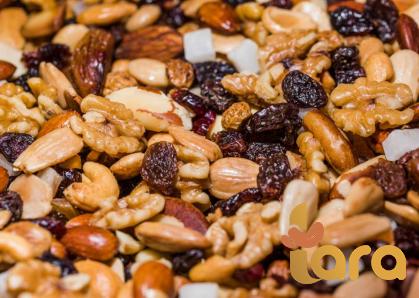
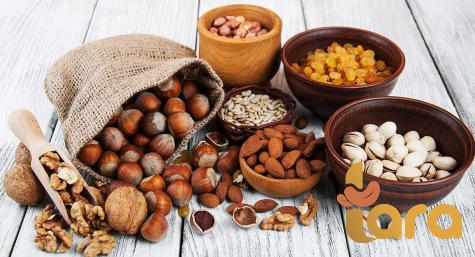
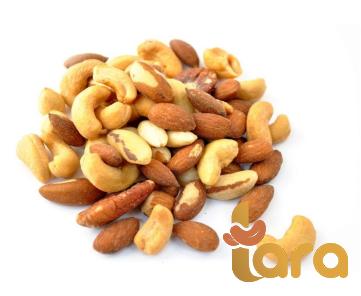
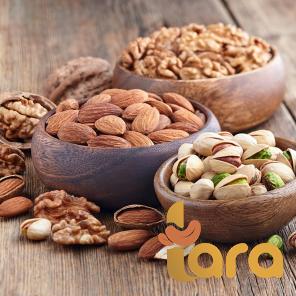
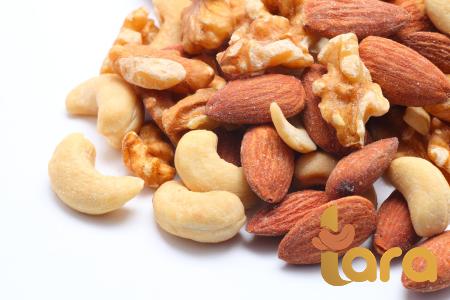
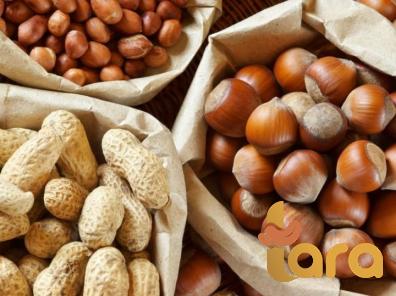
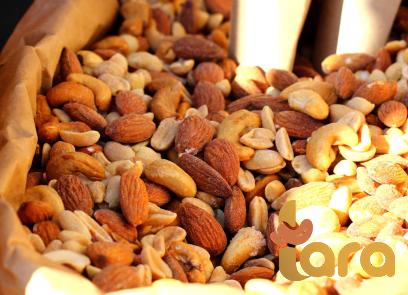

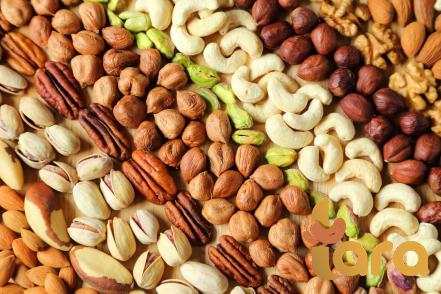
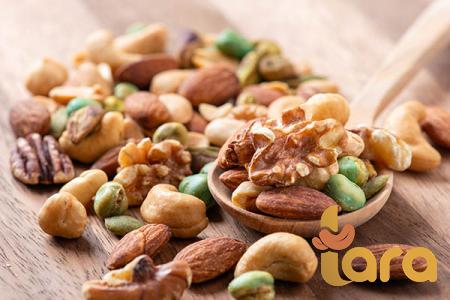
Your comment submitted.